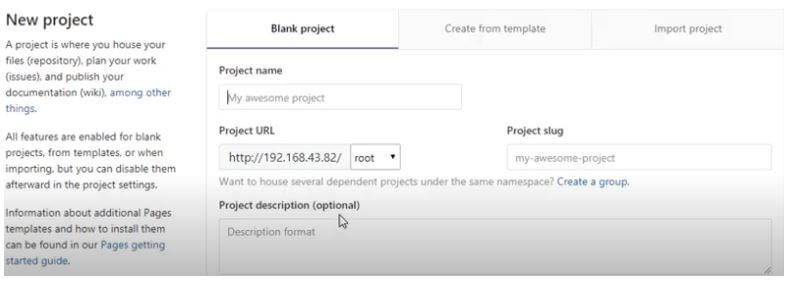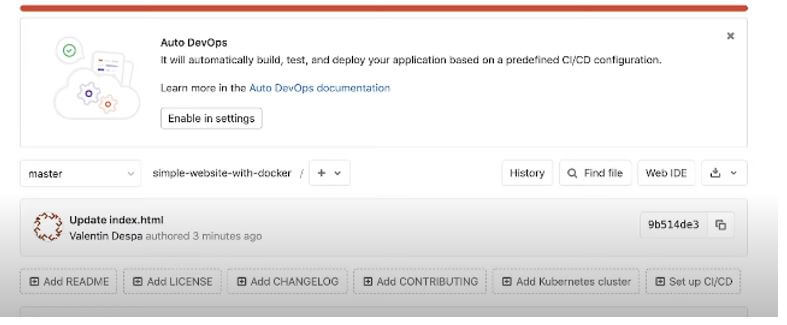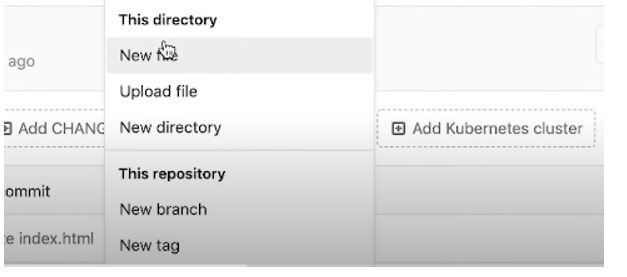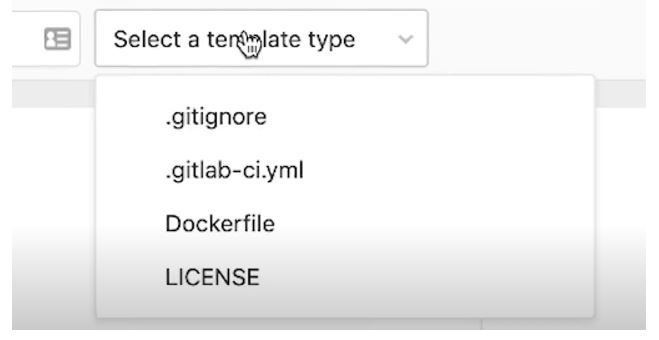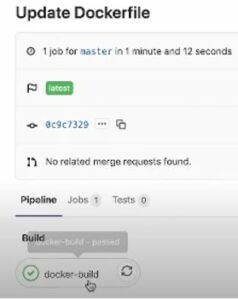Updated April 15, 2023

Introduction to GitLab Docker
Basically, GitLab provides different types of services to the user, in which GitLab docker is one of the services provided by GitLab. Normally GitLab docker is an image and it is monolithic views that are provided by the GitLab to the user. Basically, the monolithic view means it provides all required services in a single container instead of any other application such as Kubernetes. The GitLab docker is allowing for mail transport agents but we can add it into a separate container to send mail. We also have another option for this problem is that we install a mail transport agent directly on the GitLab container.
What is GitLab Docker?
- Docker is an open stage for making, conveying, and running applications. Docker engages you to confine your applications from your establishment so you can pass on programming quickly. With docker, you can manage your structure in similar habits as you manage your applications. By exploiting docker’s strategies for transportation, testing, and sending code rapidly, you can fundamentally decrease the postponement between composing code and running it underway.
- GitLab docker is an electronic DevOps lifecycle device that gives an alternate Git storehouse, issue-following, and consistent incorporation and organization pipeline highlights, utilizing an open-source permit, created by GitLab. The open-source programming project was made by Ukrainian designers Dmitriy Zaporozhets and Valery Size.
- The code was initially written in Ruby, for certain parts later revamped in Go, at first as a source code the executives answer for work together inside a group on programming advancement. It later advanced to a coordinated arrangement covering the product improvement life cycle, and afterwards to the entire DevOps life cycle. The current innovation stack incorporates Go, Ruby on Rails, and Vue.js.
- It follows an open-centre improvement model where the center usefulness is delivered under an open-source (MIT) permit while the extra usefulness, for example, code proprietors, numerous issue appointees, reliance examining, and bits of knowledge are under a restrictive permit.
How to Install GitLab with Docker
We need to follow the different steps to install the docker as follows:
First, we need to run the GitLab runner in a container. Basically, docker also supports windows, so here we will see the installation for Ubuntu and Linux.
For the installation of Gitlab runner, we need to use the following command as follows:
gitlab-runner <command with different option…..>In a second step, we need to install the Docker images and start the actual container. In this step we need to run the GitLab runner inside the container of docker, if the configuration is not set then it will restart the docker container.
Now let’s see how to restart the runner container by using local system volume.
To restart the runner container we need to configure some other resources mentioned below:
They mentioned all resources to put from the official website of GitLab.
docker run -d –specified name of gitlab-runner --restart always \
-v /srv/gitlab-runner/config:/etc/gitlab-runner \
-v /var/run/docker.sock:/var/run/docker.sock \
gitlab/gitlab-runner:latestWe have one more option to restart the runner container, which is that we can use Docker volume.
In this option, we need to follow the same step as follows:
1. First, we need to create the docker volume by using the following command.
Code:
docker volume create gitlab-runner-config2. In the second step, we need to start the GitLab runner container.
3. In the final step, we need to register the new runner.
After registration, we need to configure the runner and restart the GitLab runner by using the following command.
docker restart gitlab-runnerSo we are able to read the Gitlab runner logs as per the requirement.
Create your First Project GitLab Docker
Given below shows how we can create the gitlab docker project as follows:
After successfully installing we need to start the docker by using the following command.
Code:
sudo docker run --detach \
--hostname (specified hostname ) \
--name gitlab \
--restart always \
--volume $GITLAB_HOME/config:/etc/gitlab \
--volume $GITLAB_HOME/logs:/var/log/gitlab \
--volume $GITLAB_HOME/data:/var/opt/gitlab \After that, we need to log in to GitLab by using a valid credential and after successful login on GitLab, it shows the different options as shown in the following screenshot.
Output:
After that click on create new project table and filled the required details as shown in the below screenshot.
In this form, we need to fill in the project name that we want, click on public, and if we want to write the description we can write. Finally, click on the create project button. After successful creation of docker project window as shown in the following screenshot.
After that, we can add the different files that we want by using command-line instructions.
Steps of GitLab Docker
Given below shows the step-by-step explanation of GitLab docker:
The below screenshot shows the docker home page as follows.
In a second step, we need to create the new docker file by clicking on the + button and clicking on the new file as shown below screenshot.
In the next step, we need to create the GitLab pipeline by using the new file option and assign the name that we want as shown in the below screenshot.
Here we can add the different templates as per the requirement. After that, we need to update the docker file and click on the docker build as shown below screenshot.
Conclusion
From the above article, we have taken in the essential idea of the Gitlab docker and we also saw the representation of the Gitlab docker. From this article, we saw how and when we use the Gitlab docker.
Recommended Articles
We hope that this EDUCBA information on “GitLab Docker” was beneficial to you. You can view EDUCBA’s recommended articles for more information.

